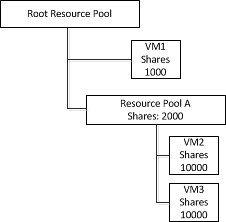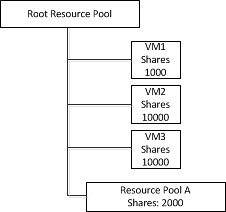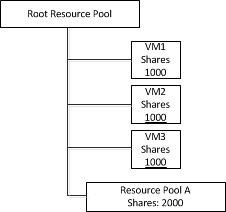We were just talking about some random VMware acronyms during a lab day and I thought I would write the ones down which some of us didn’t know. (Even google did not have the answer to some) I guess the most difficult one to figure out was VPXA/VPXD, which refers to VPX which was the official name for vCenter back in the days….
- FDM = Fault Domain Manager
- CSI = Clustering Services Infrastructure
- PAE = Propero Application Environment
- ESX = Elastic Sky X
- GSX = Ground Storm X or Ground Swell X
- VPX = Virtual Provisioning X
- VPXA = Virtual Provisioning X Agent
- VPXD = Virtual Provisioning X Daemon
- VMX = Virtual Machine eXecutable
- AAM = Automated Availability Manager
- VIX = Virtual Infrastructure eXtension
- VIM = Virtual Infrastructure Management
- DAS = Distributed Availability Service
- ccagent = Control Center agent
- vswif = Virtual Switch Interface
- vami =Virtual Appliance Management Infrastructure
- vob = VMkernel Observation
- MARVIN = Modular Automated Rackable Infrastructure Node
- WCP = Workload Control Plane
How about code names for releases? Well we had a couple, note that the first name usually refers to ESX and the second to vCenter, so for KL “Kadinsky” was the code name for ESX and Logan for vCenter:
- DM = Dali/McKinley = VI 3.0
- NP = Neptune/Pluto = VI 3.5
- KL = Kadinsky/Logan = vSphere 4.0
- KL.next = vSphere 4.1
- MN = Matisse/Newberry = vSphere 5.0
- OP = Oliveira/Pikes = vSphere 5.5
Of course the big question is where the “X” comes from in ESX, GSX etc. To be honest I don’t know but according to VMware old-timer Mike Di Petrillo (source is this interview (21:30) by Rodney Haywood) the X had been added by an Engineer to make it sound technical and cool!
If there are any to VMware related acronyms that you feel should be on the list which are not too obvious… leave me a comment. (And too obvious would be something like vDS.)


